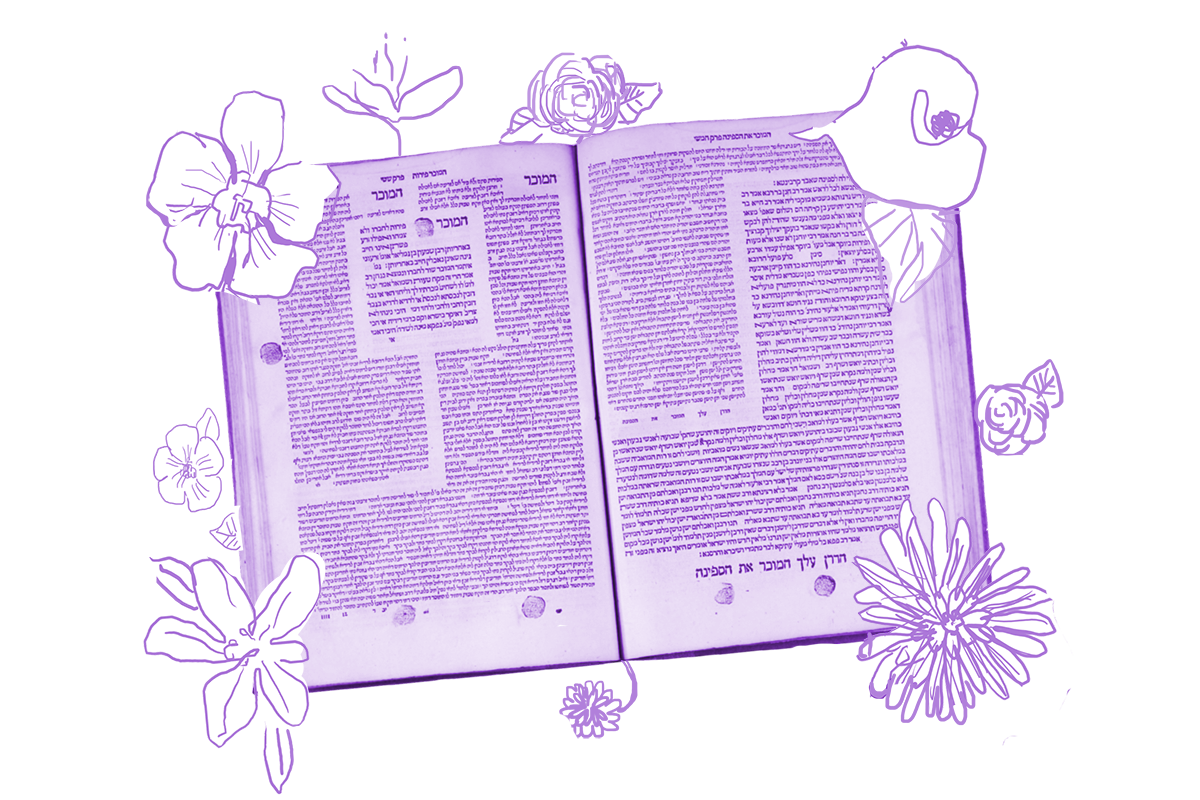From yesterday’s discussion about not allowing oneself to become distracted and risk missing the time to pray, today’s daf moves on to some other issues relating to prayer, specifically this one: How do you stand to pray? Do you put on fancy clothes and dress like royalty? Or do you remove your garments and humble yourself before God?
The discussion turns on the rabbis’ understanding of Amos 4:12: Prepare to meet your God, Israel. Meeting God, in the rabbi’s understanding, means prayer. And the Gemara offers a number of examples of how different rabbis would prepare.
Rava bar Rav Huna would don socks and pray and he said he would do this as it is written: Prepare to greet your God, Israel. (Amos 4:12)
On the other hand, Rava would not do so; rather, in his prayer he would remove his cloak and clasp his hands and pray. He said that he would do so as a slave before his master.
Rav Ashi said: I saw that Rav Kahana, when there is suffering in the world, would remove his cloak and clasp his hands and pray. And he said that he did so as a slave before his master. When there is peace in the world, he would dress, and cover himself, and wrap himself in a significant garment, and pray, and he said that he did so in fulfillment of the verse: Prepare to greet your God, Israel.
As we peek into the practices of some of our most learned rabbis, we find a fundamental contradiction. Rava bar Rav Huna would dress up to pray, wearing his socks (presumably his finest clothes) and present himself as a king meeting the ultimate king. Rava on the other hand would dress down, removing his cloak and approaching God from a posture of humility, as a slave before his master.
We also see that Rav Kahana would change his dress depending on what was happening in the world. When things were good, he would adorn himself like Rava bar Rav Huna. When there was suffering, he would humble himself like Rava.
With your help, My Jewish Learning can provide endless opportunities for learning, connection and discovery.
This window into the prayer life of the rabbis offers us two profound takeaways. First, preparing for prayer is unique to the individual, which should empower us to find our own way in prayer — whether through fancy socks or a humble posture, through song or through silence. Second, prayer can and should be affected by the world around us. Prayer is not some fixed practice divorced from what’s happening in the world, but rather a part of the world, shaped by the joys and sufferings of those around us.
Read all of Shabbat 10 on Sefaria.
This piece originally appeared in a My Jewish Learning Daf Yomi email newsletter sent on March 16, 2020. If you are interested in receiving the newsletter, sign up here.



